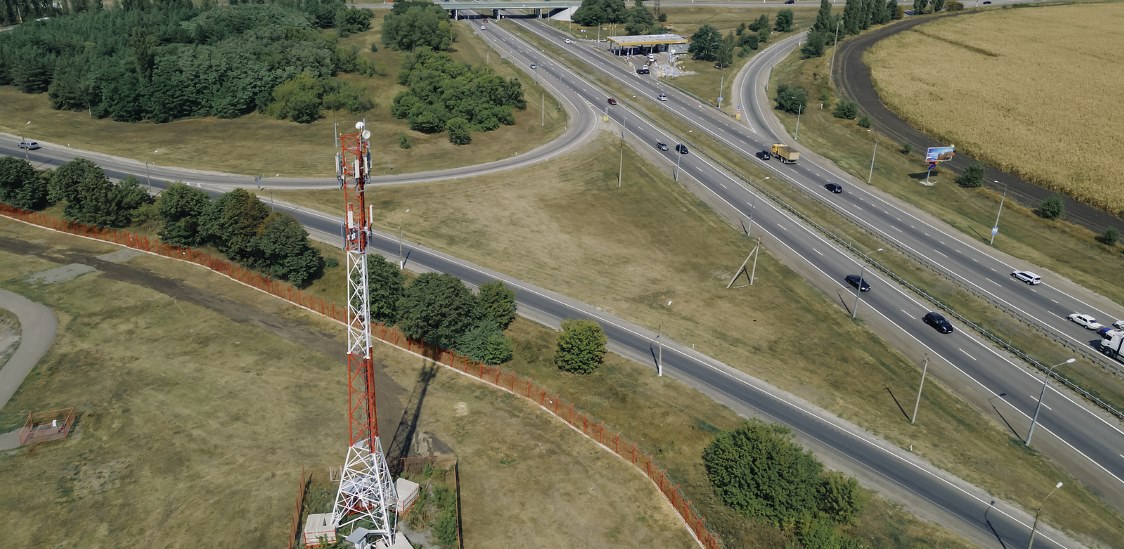The world is experiencing an unprecedented surge in mobile connectivity. The rapid expansion of the mobile industry, fueled by technological advancements and increasing demand for digital services, has reached staggering proportions. The latest projections from the GSM Association (GSMA) in their Mobile Economy 2023 report paint a compelling picture of this ever-evolving landscape. The report forecasts that by 2030, the number of unique mobile subscribers will reach a whopping 6.3 billion worldwide, with a significant proportion of these subscribers accessing the internet through their mobile devices. The report also predicts that operator revenue will skyrocket to an eye-watering $1.2 trillion. These figures reflect not just the size but the incredible momentum of the mobile industry. If anything, the mobile revolution is just getting started, and the future looks even more promising.
for mobile operators, this means keeping pace with consumer demand and providing the infrastructure and services necessary to support an ever-increasing number of subscribers. This is where the need for efficient and streamlined mobile site management comes into play. As mobile operators look to expand their networks to meet growing demand, they must navigate a complex process of site selection, acquisition, design, and construction. This process requires careful planning, meticulous execution, and the right tools to ensure success.
Site acquisition
After nominal planning yields several candidate sites, site selection occurs. This involves identifying and evaluating potential locations for new cell sites that will meet the needs of the operator and its customers. Factors such as coverage area, population density, and existing infrastructure must all be taken into account. Once a suitable site candidate has been identified, the acquisition process can begin.
Acquiring a new cell site involves a multitude of steps, from securing regulatory approvals to negotiating agreements with other operators for site sharing. It is a complex and time-consuming process that requires careful coordination and attention to detail. Throughout this process, a vast amount of documentation is produced, which must be meticulously organized and managed to ensure compliance with regulatory requirements and to support decision-making.
This is where software solutions come into play. Advanced mobile site management software provides a centralized platform for managing the entire acquisition process. This includes tools for document management, workflow modeling, role-based access control, and more. By providing a single source of truth for all acquisition-related documentation and data, these software solutions streamline the acquisition process, reduce the risk of errors and delays, and ensure compliance with regulatory requirements.
Site design
Once a site has been acquired, the next step is site design. This involves finalizing the technical details of the site, including the layout, equipment, and connectivity. Advanced software solutions can automate much of this process, by providing templates for different site configurations, integrating with engineering tools for radio coverage simulation, and generating detailed site design blueprints. This not only speeds up the design process but also ensures consistency and accuracy across all sites.
Site design is often validated through physical simulations, and software solutions offer a possibility to easily export all planned parameters for the simulation. If unexpected dangers or environmental transgressions are identified, the site plan may be invalidated, either partially or wholly. If this occurs, the entire process is restarted from the acquisition phase. This underscores the importance of recording and preserving data about all potential sites during the selection process. The right software solution should archive this data and offer it for potential profiling and rating if required.
Site construction
During the construction phase, mobile operators must coordinate with contractors and construction teams to ensure that the site is built according to the design specifications and that any issues that arise are quickly addressed. This requires effective communication and collaboration, as well as the ability to track progress and manage milestones until the site is debarred and is going “on air”. Mobile site management software provides tools for managing construction projects, including workflow modeling, milestone tracking, and task management. By providing a centralized platform for communication and collaboration, these software solutions help ensure that construction projects are completed on time and within budget.
In conclusion, the mobile industry is experiencing unprecedented growth, and with it comes the need for efficient and streamlined mobile site management. Advanced software solutions provide the tools and capabilities that mobile operators need to manage the entire site management process, from site selection and acquisition to design and construction. By providing a centralized platform for managing documentation, workflows, and communication, these software solutions help mobile operators navigate the complexities of site management and ensure that new sites are deployed quickly and efficiently.






















